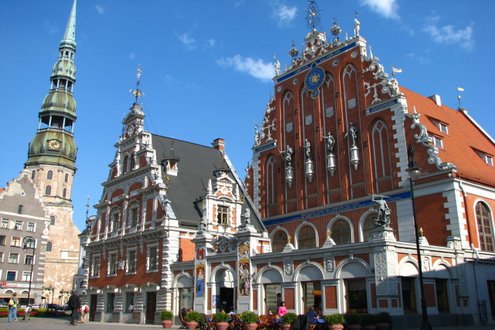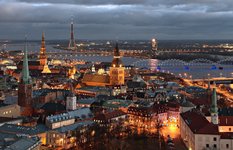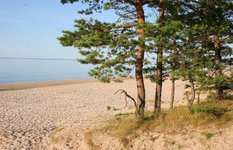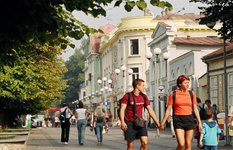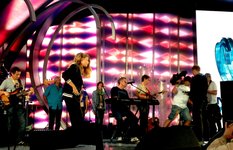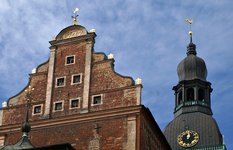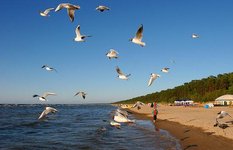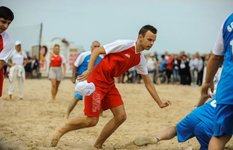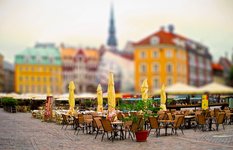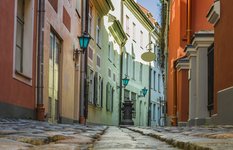 Been there
Been there
 Want to go
Want to go
 Ask friends for recommendations
Ask friends for recommendations
Things to do
Attractions and sights
 View Map
View Map
-
Riga Cathedral, dating to 1207, it is one of Riga's symbols. The 6768-pipe organ inside is particularly spectacular. Besides the organ, however, the interior is rather spartan

-
The House of Blackheads is where the merchants-to-be had their guild. The original building was erected in the 14th century for the Brotherhood of Blackheads, a guild for unmarried German merchants in Riga. Major works were done in the years 1580 and 1886, adding most of the ornamentations. The structure was bombed to a ruin by the Germans in 1941 and the remains demolished by the Soviets in 1948. The current reconstruction was erected from 1995 to 1999. Part of this building is the tourist information office, the rest is a fascinating museum. The upper levels house grand ballrooms while the basement has a wine cellar and several exhibits relating to trading in Riga

-
St. Peter's Church, dating to 1209, is Riga's oldest church. A 65 m (200 ft) copper-roofed steeple was built in 1690. This tower was the tallest wooden construction in Europe at the time. Besides its ensemble of architecture, the church has an elevator to the tower from where you can see all of Riga

-
St. John's Church, a smaller, less spectacular church near St. Peter's. The altar is from the Renaissance period and depicts the death, resurrection and ascension of Jesus. The ceiling is from the Gothic period, and has 5 separate vaulted compartments. There is also a huge pipe organ, and many stained glass windows. This church dates back to the mid 1200's

-
The Powder Tower (Pulvertornis), the only tower that remains from the original city walls. The Latvian Museum of War is located inside.

-
It is generally recognized that Riga has the finest and the largest collection of art nouveau buildings in the world. At the end of the 19th and beginning of the 20th centuries around 800 art nouveau buildings were erected. The majority of them are concentrated in the central part of Riga and a few more in the Old Town.

-
Jūrmala is a seaside resort about 25 km (15 mi) west of Riga, sandwiched between the Gulf of Riga (Baltic Sea) and the Lielupe River. At the narrowest spot, a distance of only 300 metres separates the river from the sea. Jurmala has a 32 km (20 mi) stretch of white-sand beach, flanked by pine-forested dunes. Right behind the dunes are the wooden houses so characteristic of Jurmala, with their finely divided window, verandas and rooftop structures. The town has many hotels and guest houses, catering for widest range of tastes. There are pools with seawater and mineral water. Tennis courts and yacht clubs.

-
Latvian Ethnographic Open-Air Museum is a museum in Riga, Latvia. It is an open-air museum, situated in a forest park area beside a lake just outside the capital, with farmers village houses, moved from different districts of the country.

More attractions
 Hide Map
Hide Map
When to go
| |||||||||||||||||||||||||||||||||||||||||||||||||||||||||||
How to get there
Reviews


